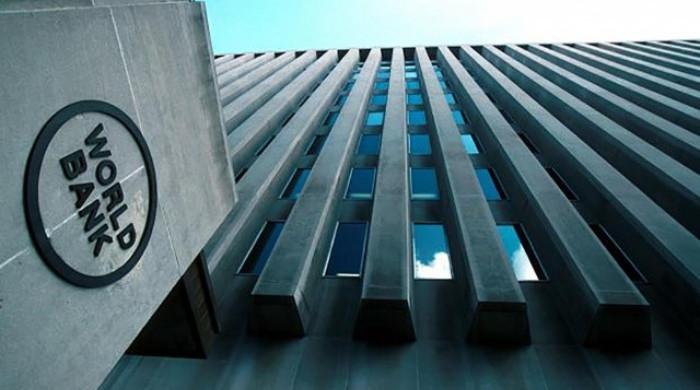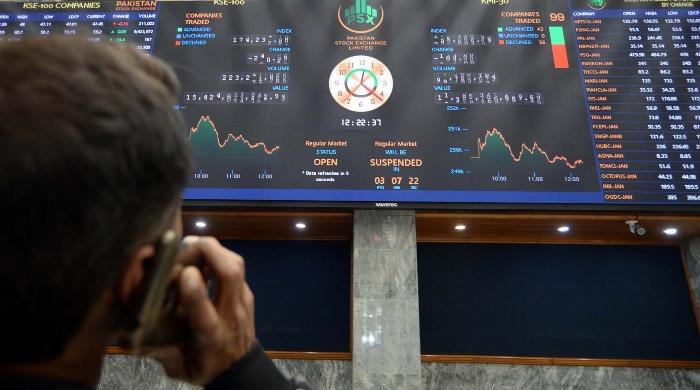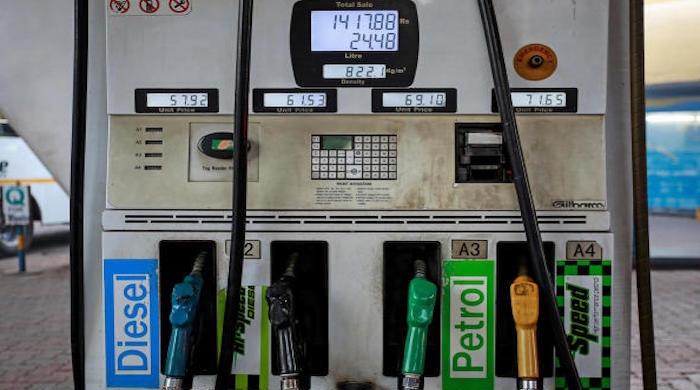Illegal channels: Pakistan's remittances fall 19% to $2bn in Dec
Pakistan losing around $150-200mn in remittances due to the artificial gap in official and unofficial dollar rates, analysts say
January 13, 2023
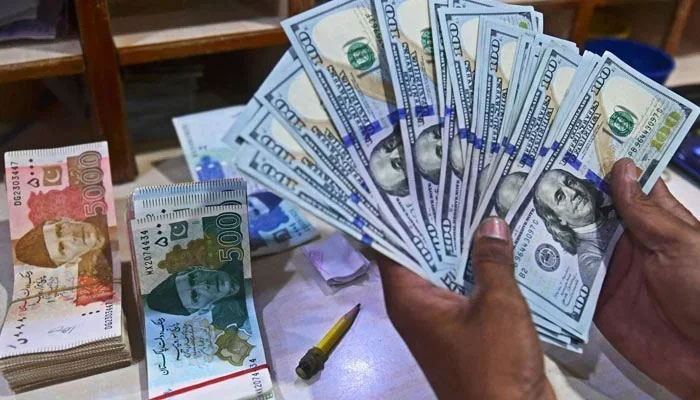
- Remittances decline 11% to $14.052 billion in first half of FY23.
- Fall recorded mainly owing to mushrooming of grey transactions.
- Inflows from Saudi Arabia fall 18% to $516.3 million in December.
KARACHI: Overseas workers' remittances flowing into Pakistan dropped 19% in December to $2 billion from $2.52 billion in the same month of 2021, the central bank said Friday, mainly owing to the mushrooming of grey transactions as well as a recession that has dented incomes worldwide.
The remittances received during the July-December period of FY23 fell 11% to $14.052 billion from $15.807 billion in the first half of FY22, the State Bank of Pakistan (SBP) said.
Month-on-month, the inflows sent home by the Pakistani diaspora working abroad decreased by 3.2% to $ 2.108 billion in November 2022.
Arif Habib Limited (AHL), in a recent note, said a key risk that had emerged in the current account in recent months was the deteriorating trend in remittances.
The brokerage said that a sizeable gap (10-12%) between the official and unofficial exchange rates amid administrative measures undertaken by the SBP was the major reason for the declining official remittances trend, with rising flows via unofficial channels.
"We believe such a large gap between the two rates is unsustainable and counterproductive to the successful negotiations on the 9th review, which is a likely catalyst for things to normalize in the exchange markets."
The AHL report added that this trend was also evident from the sharp decline in official remittances. "We estimate, the country losing around USD 150-200mn monthly flows due to the artificial gap in official and unofficial rates," the brokerage said.
Remittances from Saudi Arabia, despite being the largest contributor, fell 18% to $516.3 million in December 2022 compared to $626.8 million sent in the same month of the previous year.
Inflows from the United Arab Emirates (UAE) declined 27% to $328.7 million from $453.2 million in December 2021, according to the central bank.
Pakistan’s central bank forex reserves have plunged to the lowest level since February 2014 after a decline of 22.11%, posing a serious challenge for the country in financing imports.
The announcement came at a time when the country is in dire need of foreign aid to reduce its current account deficit as well as ensure enough reserves to meet its debt obligations.
Coupled with another $5.8 billion held by commercial banks, the nation has $10.2 billion in reserves — which barely covers three weeks of imports.
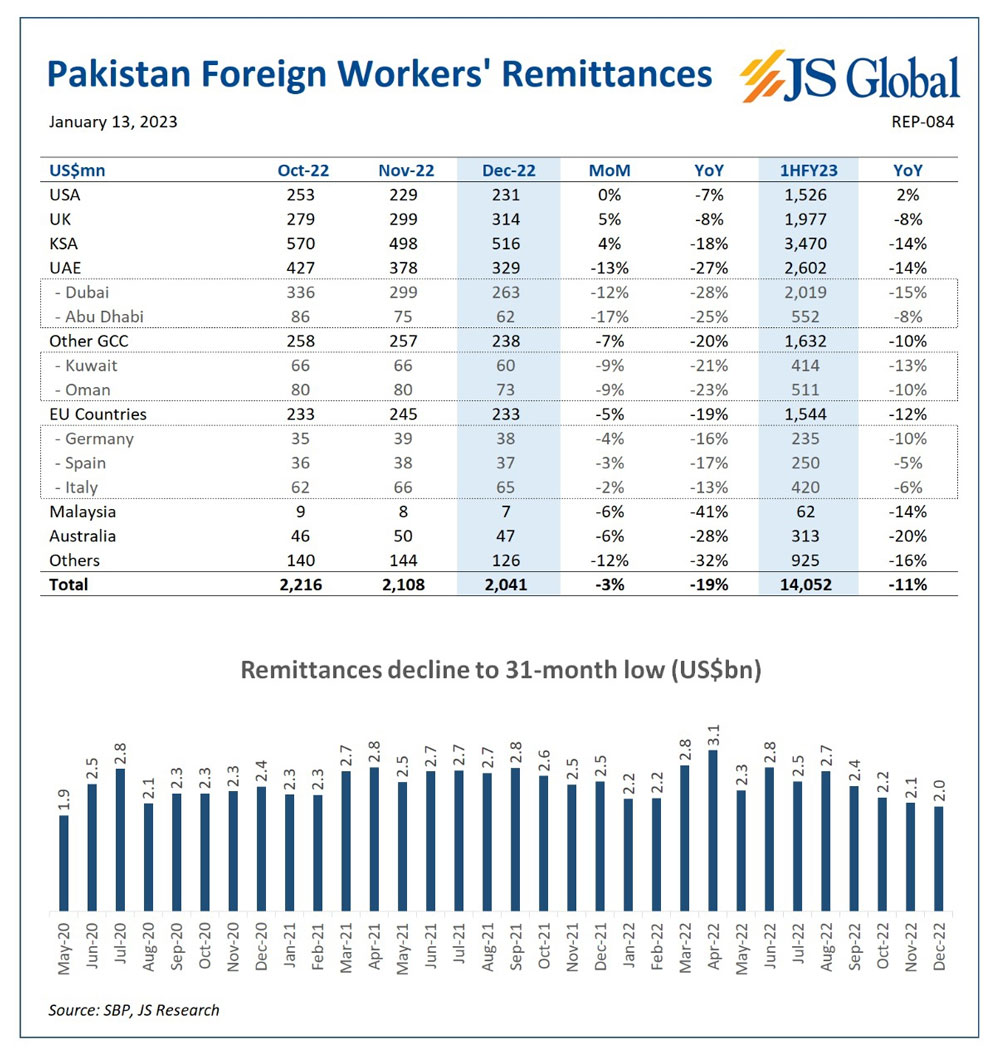
During the week ended on January 6, the central bank's forex reserves fell $1,233 million, or 22.12% to $4,343.2 million, a statement from the central bank said, down from last week's reserves of $5,576.5 million.
Pakistan's economy has crumbled alongside a simmering political crisis, with the rupee plummeting and inflation at decades-high levels, but devastating floods and a global energy crisis have worsened the situation.
Despite recent compression measures by the government, Pakistan's import bill for goods was $5.1 billion per month in both November and December, according to the country's statistics bureau. Its main imports are critical energy-related fuels.






